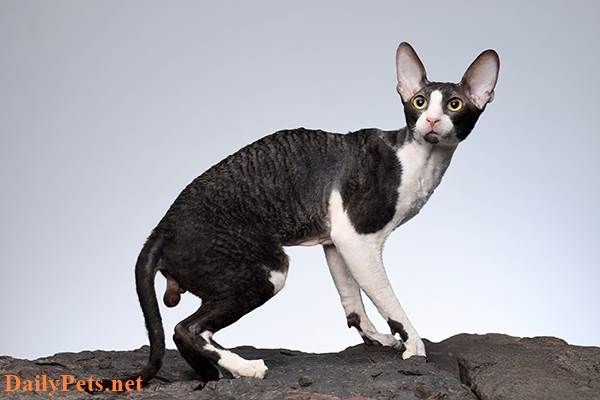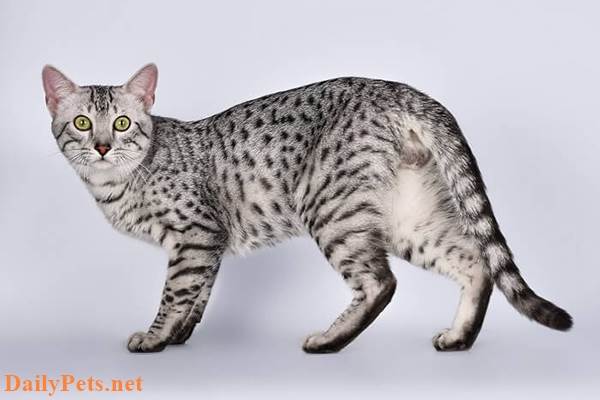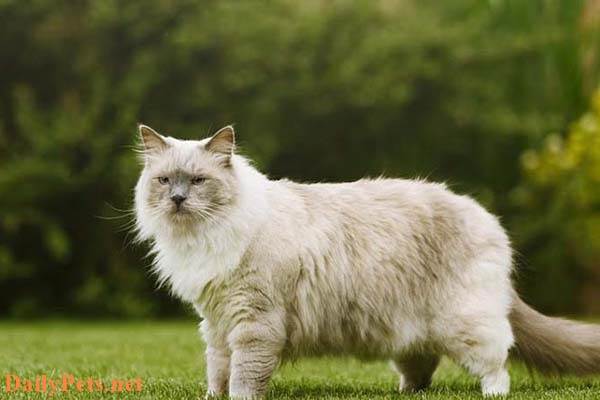The symptoms of FIP in cats, including the keyword ‘FIP in cats,’ can be challenging to recognize, and diagnosis is not straightforward. However, in-depth knowledge of this disease is crucial for early detection and treatment.

FIP in Cats.
This article will explore FIP in cats, signs for identification, diagnostic methods, and available treatment approaches.
FIP in Cats: Exploring the Dangerous Disease
What is FIP?
Feline Infectious Peritonitis (FIP) is an infectious disease caused by the coronavirus virus in cats. This virus can attack the cat’s immune system, causing inflammation in various body parts.
The coronavirus virus can lead to two forms of FIP: dry and wet. The dry form is typically seen in cats with weak immune systems, while the wet form tends to affect cats with strong immune systems. However, not all cats infected with the coronavirus virus develop FIP.
Symptoms of FIP can vary depending on which body parts are affected. Common symptoms include fever, weight loss, lethargy, loss of appetite, diarrhea, vomiting, difficulty breathing, jaundice, and fluid accumulation around the body.
FIP often occurs in young cats, especially in environments with a high density of cats, such as shelters or breeding facilities. However, the disease can also affect cats of any age. Factors like stress, weakened immune systems, and genetics can increase the risk of contracting the disease.
There is currently no effective FIP treatment, which often leads to the cat’s death. Preventing FIP focuses on reducing exposure to the coronavirus virus and enhancing the cat’s immune system. This can be achieved through FIP vaccination and maintaining a clean environment that minimizes cat viral exposure.
Monitoring the cat’s health, ensuring good nutrition, and providing a quality living environment are also crucial for reducing the risk of FIP. If a cat exhibits suspicious symptoms, it should be taken to a veterinarian for a proper examination and diagnosis.
Signs of FIP in Cats
The signs of FIP in cats can be diverse and challenging to recognize due to the complexity of the disease. However, some common signs may include:
- Chronic inflammatory symptoms: Prolonged fever, red or swollen eyes, weight loss, weakness, and fatigue.
- Swelling and fluid accumulation in soft tissues of the body, mainly in the abdomen and chest. This can lead to an imbalance of fluids and proteins in the cat’s body.
- Respiratory symptoms such as difficulty breathing, coughing, pneumonia, and pleuritis.
- Digestive disturbances lead to vomiting, diarrhea, and poor digestion.
These are common signs, as FIP can affect various parts of the cat’s body and lead to different symptoms. Diagnosing FIP requires the intervention of an experienced veterinarian, using methods such as blood tests, ultrasound, or fluid analysis in the cat’s body. If you suspect your cat has FIP, it should be examined and treated according to the veterinarian’s recommendations.
Diagnosing FIP in Cats
To diagnose FIP in cats, veterinarians typically use multiple methods, including:
- Examination of clinical signs and symptoms in the cat.
- Blood tests to check for increased protein levels in the serum decreased red blood cell counts and increased white blood cell counts.
- Abdominal fluid analysis to identify the presence of the coronavirus virus and determine the type of virus causing the disease.
However, diagnosing FIP remains a significant challenge due to the complexity of the disease and the overlap of symptoms. Accurately confirming FIP may require additional diagnostic methods such as ultrasound, X-rays, or surgical exploration.
Treatment and Management of FIP in Cats
Currently, there is no specific treatment for FIP in cats. This is because the disease is highly complex and difficult to overcome. However, some management and treatment methods aim to reduce symptoms and improve the cat’s quality of life. These include:
- Using antibiotics and antiviral drugs to control secondary infections and mitigate the effects of the virus.
- Using corticosteroids to reduce inflammation and associated symptoms.
- Fluid therapy and supportive care to maintain the cat’s overall condition.
In addition, providing good nutrition and a comfortable living environment are essential to help the cat combat this disease. This requires support from veterinary professionals and reliable care throughout the treatment process.
Conclusion
FIP in cats is a dangerous and challenging disease. The signs of FIP in cats can be difficult to recognize, and diagnosis requires a combination of various methods. There is no specific treatment for this disease, but managing symptoms and providing good care can improve the cat’s quality of life.
If you suspect signs of FIP in your cat, contact a veterinarian promptly for consultation and a health examination. Timely diagnosis and treatment can save your cat’s life and bring peace to your beloved pet’s family.





